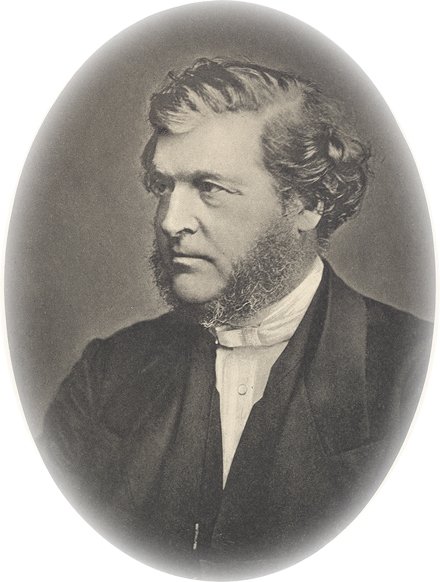
We continue our review of Dr. MacArthur's attempt to explain the book of Revelation from the viewpoint of his dispensational theology. Those who know us will bear witness that we have never said a bad word about Dr. MacArthur apart from on this subject. This is no personal attack, but the faithful words of a friend.
First, a word on a popular Dispensational canard. Dr. MacArthur has never said this, to his credit, nor do we think he believes it, but some whose eschatology agrees with his do. They say that dispensationalism sees God's purpose as his own glory and Covenant theology does not. We beg to differ, we also see God's purpose as His own glory. We are thankful that Dr. MacArthur has never said this nonsensical misrepresentation.
As a Dispensationalist, Dr. MacArthur believes God has, in a sense, two peoples. On P. 112 he says that the twenty-four elders cannot represent Israel and the Church, since they are one unified group, not two groups. Yet Romans 11 tells us that there is ONE olive tree, not two. We do not hold, as some have charged, to a replacement theology but to an ENLARGEMENT theology. God has only one people. In the Old Testament it was largely confined to national Israel (and then not all of the nation). Now it has expanded to include believers out of every nation, 'grafted in' to the Olive Tree, while Israel, to a great measure, has been cast out. However, the natural branches shall, at some future date, be grafted back in to their own olive tree. NOT that the gentiles will then be cast out! There will, however, be a time when 'all Israel shasll be saved' (Israel in this passage always refers to national Israel, not to the Church), and it shall be as 'life from the dead' to the gentiles. Yet, as Israel is called 'the Church in the desert', and as the very name of the Church, ekklesia, is the word used in the Septugint (ancient Greek translation of the Old Testament) the congregation of Israel, there is ONE people of God, not two.
We have referred to the word 'signified' (Greek: esemanen) in Revelation 1.1 before. It means literally to show by symbols. It is a red flag right at the beginning of the book of Revelation telling us this is a symbolic book. This does NOT mean (contrary to a common Dispensational misrepresentation) that we do not take the book literally, on the contrary, we are the consistent literalists, for we take the book of Revelation as it was intended to be taken. And practically all expositors agree that the visions of Revelation are symbolic. Dr. MacArthur does not expect his 'Tribulation Saints' to look up in the sky and see a woman clothed with the sun with the moon under her feet. No, he recognises that this is symbolic language (and we are glad that he does). Yet in Revelation 6.12-14 he attempts to interpret the stars falling to earth literally as meteors and asteroids hitting the earth (P.136). Yet we are then confidently told (since MacArthur takes the progression in Revelation as strictly chronological) that human society will fully recover from this literally earth-shattering catastrophe. But in Revelation 8.7 he takes the 'blood' in the 'hail and fire mised with blood' as non-literal, but as most probably flaming lava (p.156). Then, in the very next verse, he tells us confidently that the sea will literally become blood, and that the star called wormwood is another asteroid.
The aforementioned woman clothed with the sun is rightly recognised to be figurative, but the two witnesses, we are told, have to be two literal people, Moses and Elijah (Pp. 181-2). Why? Why can they not represent the Church, as some sensible expositors have said? The very fact that we are told they are 'the two olive trees and the two lampstands' (11.4) would support such an interpretation. Both images are used for churches elsewhere in the Bible, so why not here? If a woman can represent the Church in one aspect, why cannot two preachers reprsent it in another? If it is objected that their deaths can surely not represent the Church, we would reply that it is possible for persecution to all but extinguish the Church and to totally snuff out its public testimony.
This was one of the most frustrating aspects of this book, Dr. MacArthur gives a clumsy mix of woodenly literal interpretations and passages where he recognises the figurative language of the prophetic visions. We felt that this book ought not to have been written. Dr. MacArthur is clearly in a period of transition from the Dispensational traditions that he has inherited to a more Bible-based eschatology.
God willing, next time we shall continue this review.

No comments:
Post a Comment